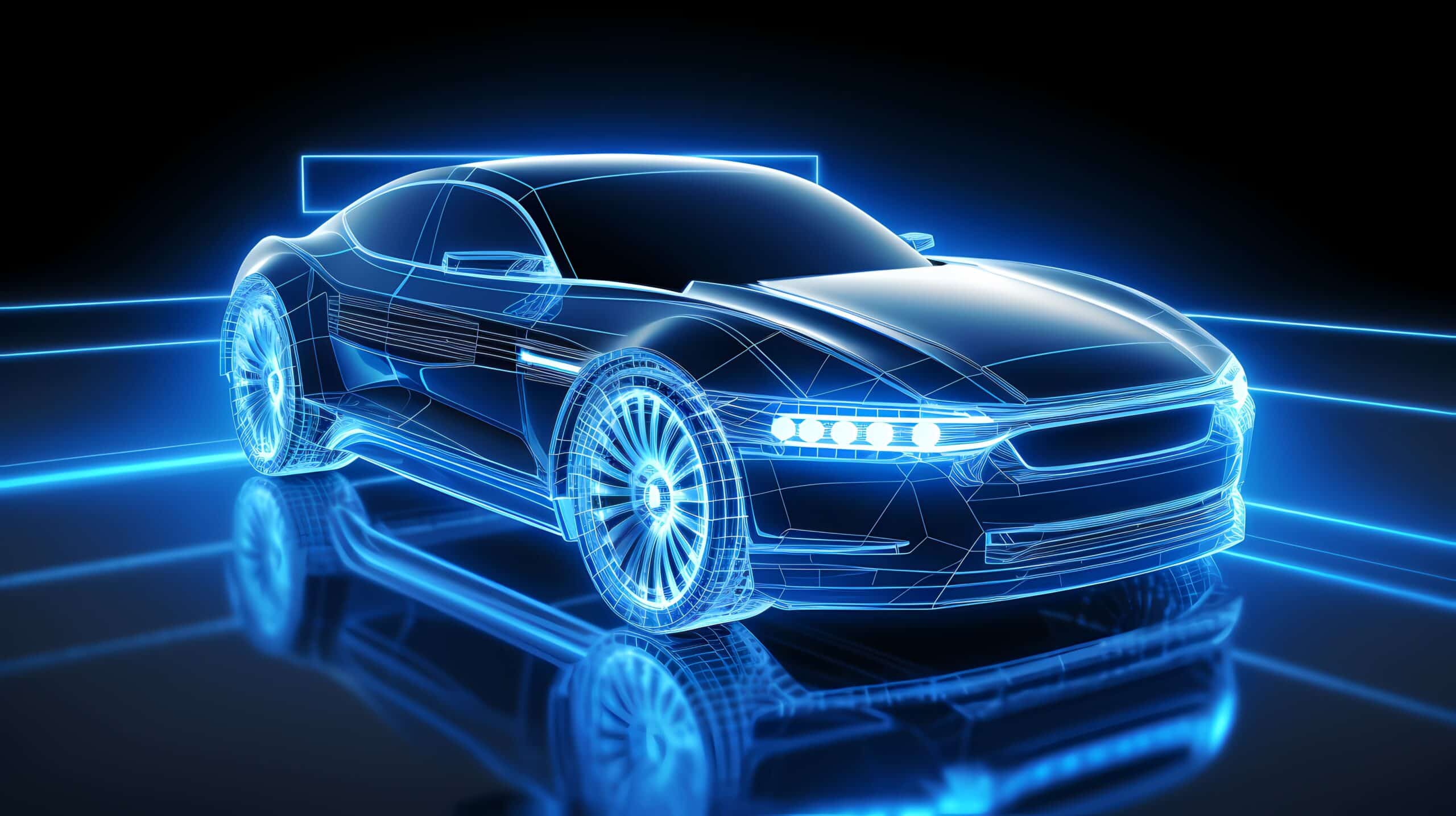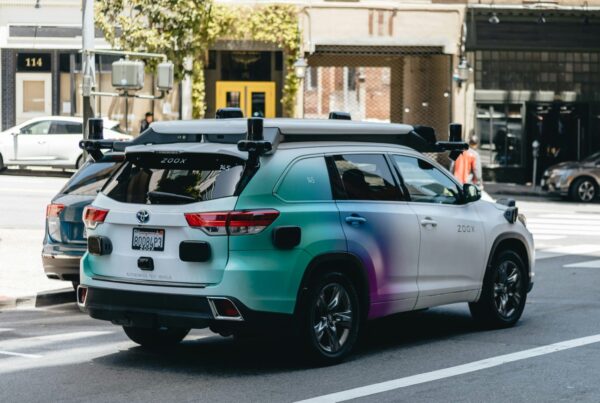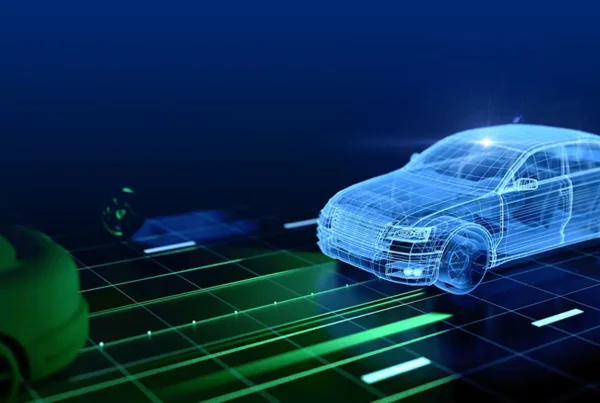From Virtual to Reality: The Rise of Simulation in Mobility Engineering
Introduction
The increasing complexity of modern automotive, aerospace, and defence systems has led to a paradigm shift in how testing and validation are conducted. Traditional physical testing, while still crucial, is no longer sufficient to meet the demands of shorter development cycles, cost reduction, and regulatory compliance. Instead, simulation-driven methodologies such as Model-in-the-Loop (MiL), Software-in-the-Loop (SiL), and Hardware-in-the-Loop (HiL)—collectively known as XiL testing—are now fundamental to the verification and validation (V&V) of safety-critical systems (Hussain et al., 2021).
XiL Testing: The Backbone of Virtual Validation
XiL frameworks enable engineers to test embedded control systems in a highly controlled, repeatable environment before physical prototypes are built. Each level of testing serves a distinct purpose:
- Model-in-the-Loop (MiL): Validates control algorithms at an early stage using purely mathematical models (Schuldt et al., 2020).
- Software-in-the-Loop (SiL): Integrates the actual software implementation to ensure correct execution in a simulated environment.
- Hardware-in-the-Loop (HiL): Interfaces real hardware with simulation models to test system response under realistic conditions.
In the automotive sector, the use of digital twins has significantly improved autonomous vehicle (AV) validation. Companies like Waymo and Tesla conduct billions of virtual test miles before deploying real-world prototypes, leveraging high-fidelity physics-based simulation models to evaluate edge-case scenarios (Bojarski et al., 2016).
Aerospace & Defence: High-Risk, High-Fidelity Simulation
In aerospace and defence, the reliability of avionics, flight control systems, and weapon guidance must be validated under extreme conditions that are difficult, or even impossible, to replicate in physical tests (Goupil & Marcos, 2019). High-fidelity Computational Fluid Dynamics (CFD) simulations and Finite Element Analysis (FEA) are now standard in aerodynamic and structural testing, enabling real-time evaluation of stress factors, heat dissipation, and fatigue analysis in military and commercial aircraft.
Additionally, Urban Air Mobility (UAM) concepts, such as electric vertical takeoff and landing (eVTOL) aircraft, depend heavily on air traffic management simulations to ensure safe and efficient integration into congested urban environments (Lyu et al., 2022). NASA’s X-59 QueSST, designed to reduce sonic booms, has undergone extensive multi-physics simulations to refine its aerodynamics without excessive wind tunnel testing (Miller et al., 2020).
Future Directions: AI-Driven Simulation and Real-Time Cloud Computing
The next frontier in simulation-driven validation is the integration of AI-driven predictive analytics and real-time cloud-based simulation environments. The combination of machine learning and big data analytics allows engineers to develop adaptive digital twins, capable of real-time failure prediction and autonomous calibration (Zhao et al., 2021).
Furthermore, advancements in 5G and edge computing will enable distributed XiL testing, allowing geographically separated teams to collaborate on real-time simulations without latency issues (Gupta et al., 2022). This is particularly crucial in the defence sector, where secure, real-time V&V of networked autonomous systems (e.g., unmanned aerial vehicles) is becoming increasingly complex.
Conclusion
As mobility engineering continues to push technological boundaries, simulation-based testing has transitioned from a supplementary validation method to a mission-critical necessity. The increasing adoption of XiL, AI-driven simulation, and real-time cloud computing is not just accelerating development but also enhancing safety, reliability, and cost-efficiency across automotive, aerospace, and defence sectors. The convergence of virtual and physical testing will define the next era of mobility innovation.
If you’re looking to strengthen your V&V team or advance your career in this space, reach out to Dan Denkl at ddenkl@akkar.com
References Bojarski, M., Del Testa, D., Dworakowski, D., Firner, B., Flepp, B., Goyal, P., ... & Zieba, K. (2016). End to End Learning for Self-Driving Cars. arXiv preprint arXiv:1604.07316. Goupil, P., & Marcos, A. (2019). Industrial perspectives of advanced FDIR techniques. Progress in Aerospace Sciences, 105, 60-85. Gupta, A., Tuli, S., Basu, K., Casale, G., Jennings, N. R., & Buyya, R. (2022). SAGE: AI-Driven Simulation for Edge Computing Environments. IEEE Transactions on Cloud Computing, 10(2), 1250-1265. Hussain, S., Sharma, A., & Habib, U. (2021). A Review of Hardware-in-the-Loop Simulation for Electric Vehicles. IEEE Access, 9, 126510-126529. Lyu, Y., Han, Y., & Wang, J. (2022). Urban Air Mobility Traffic Management: Challenges and Simulation Strategies. Transportation Research Part C: Emerging Technologies, 139, 103617. Miller, L. S., Coen, P. G., & Lockhard, D. P. (2020). NASA’s X-59 QueSST Aircraft: A Game Changer for Sonic Boom Mitigation. AIAA Aviation 2020 Forum. Schuldt, F., Meyer, J., & Becker, M. (2020). Model-in-the-Loop Testing for Automotive Applications: A Comparative Study. IEEE Transactions on Vehicular Technology, 69(10), 11657-11669. Zhao, Z., Xu, H., & Yang, Z. (2021). AI-Driven Digital Twins for Predictive Maintenance in Aerospace Systems. Journal of Intelligent Manufacturing, 32(3), 689-703.









